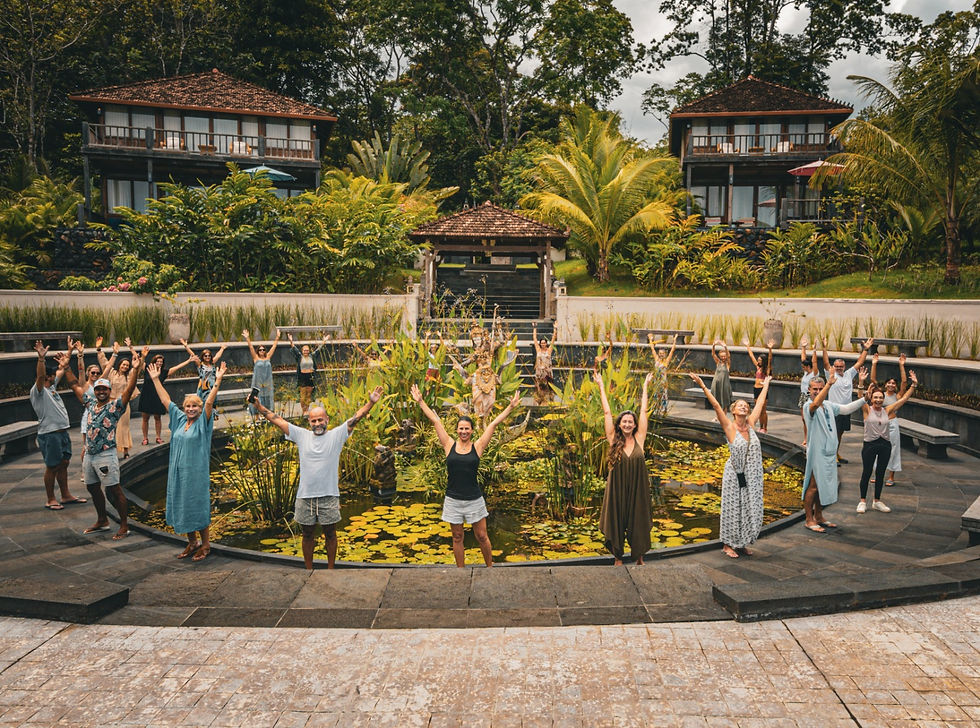Harmony of the Shores
- La Coralina Island House

- Apr 16, 2024
- 2 min read
Turtle Nesting season in Bocas del Toro
At La Coralina, we are fortunate to be nestled within a realm of extraordinary tropical biodiversity. Our region boasts numerous national parks, safeguarding the habitats of myriad species that inhabit or traverse these landscapes.
Among these inhabitants are the venerable sea turtles, ancient denizens of our planet who have endured for over 150 million years.

The nesting season of sea turtles stands as a premier spectacle in Bocas del Toro, eagerly anticipated by many. Spanning from March to August, this natural marvel offers glimpses of these majestic creatures as they nest along the Panamanian coast.
Four distinct species of sea turtles grace our shores: the hawksbill, the loggerhead, the leatherback, and the green. Notably, the green turtles embark on a significant migration during July and August, traversing the coastline to nest upon the sands of Tortuguero and Isla Colón.
What to know about turtle nesting
Understanding the intricacies of turtle nesting is paramount. It is a biological ritual wherein marine species deposit their eggs, a process typically undertaken under the cover of night to evade predators. It is crucial to remember that both turtles and their eggs serve as prey for various marine and terrestrial creatures.

It is crucial to remember that both turtles and their eggs serve as prey for various marine and terrestrial creatures.
During nesting, the female delicately navigates the beach, utilizing her flippers to excavate a chamber for her body and then a nest for her eggs. Once laid, she tenderly covers the nest with sand before returning to the ocean. The incubation period for sea turtle eggs spans 45 to 70 days, subject to environmental variables such as climate, tides, lunar phases, and temperatures.
Enjoyment in feedback with care
Gratitude intertwined with mindfulness characterizes our approach to turtle encounters.
Photography, cellphone usage, artificial illumination, and disruptive noises are strictly prohibited within designated areas.
Such intrusions disrupt the serenity of this precious moment in the turtles' lifecycle.
In Panama, we champion responsible tourism, fostering mutual benefits for both turtle conservation and the socioeconomic well-being of local communities. Through a harmonious blend of preservation and tourism, we cultivate an environment where visitors, the natural world, and locals coalesce in a symphony of mutual enrichment and enjoyment.






